Maintaining a clean stainless steel stovetop is essential for your kitchen appliance’s aesthetic and functional longevity. Regular cleaning not only enhances the appearance of your stovetop, making it a sleek and shiny focal point within your kitchen, but it also promotes better hygiene by eliminating grease and food residues that can harbor bacteria. Moreover, consistent upkeep can extend the appliance’s life, preventing deterioration caused by build-up.
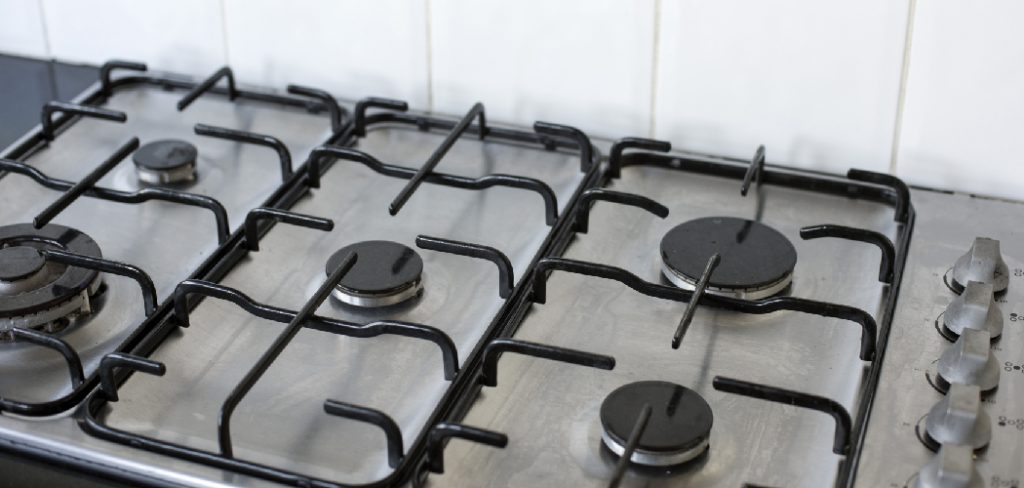
However, a primary challenge when it comes to how to clean stainless steel stovetop surfaces is their tendency to show streaks and fingerprints. In addition, grease and grime can accumulate quickly, making it tricky to maintain that pristine, polished look. Despite these challenges, proper cleaning techniques can help preserve the stovetop’s lustrous appearance and ensure it remains a functional part of your kitchen for years.
Gathering Your Cleaning Supplies
To ensure your stainless steel stovetop remains in top condition, it’s important to assemble the right cleaning supplies. Basic Supplies are crucial to avoid damage and achieve a spotless finish. Begin with microfiber cloths, which help prevent scratches while offering soft and effective cleaning. Pair these with mild dish soap or detergent, they are safe for daily use and effective at cutting through everyday grime. Use a non-abrasive sponge to gently scrub the surface without affecting the steel’s shine. For those tricky corners and grooves, a soft-bristled brush can be invaluable, allowing you to reach dirt in crevices.
For more stubborn stains or tough greasy spots, consider using optional cleaning agents. White vinegar is a natural disinfectant and great for tackling resilient stains. Baking soda can also be used as a gentle abrasive to lift grease and grime without scratching the surface. To give your stovetop a gleaming finish, apply a small amount of olive oil with a microfiber cloth, enhancing its natural sheen.
Be cautious of what to avoid during cleaning: harsh abrasives like steel wool can scratch and degrade the finish, while bleach or other chlorine-based cleaners can cause discoloration and irreversible damage to the stainless steel. Assembling these supplies allows you to clean effectively and maintain the stovetop’s luster and functionality.
Pre-Cleaning Preparation
Before cleaning your stainless steel stovetop, it’s essential to take some preliminary steps to ensure safety and efficiency. Turn Off and Cool Down the Stovetop: The first step is to ensure that the stovetop is turned off and completely cooled down. This precautionary measure helps prevent any risk of injury or burns during cleaning.
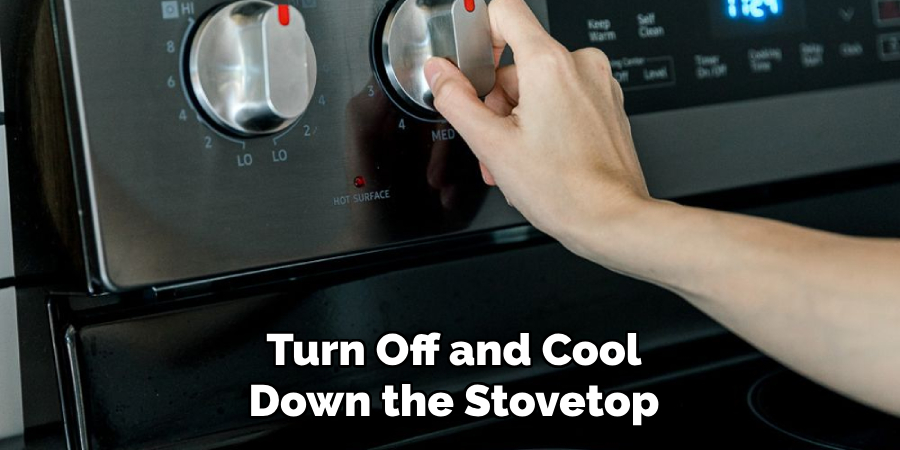
Remove Grates and Burner Covers: Next, carefully lift and set aside any removable components such as grates, burner caps, or knobs. These parts should be cleaned separately, allowing for a more thorough stovetop cleaning. When handling gas burners, always be mindful of the delicate components to prevent damage or misalignment, potentially affecting performance.
Wiping Off Loose Debris: Before introducing any liquid cleaners, use a dry microfiber cloth or a paper towel to wipe away crumbs and loose food particles. This step is vital; loose debris can act like an abrasive and scratch the surface during deeper cleaning. By ensuring these initial preparations, you promote a more effective cleaning session and contribute to the ongoing maintenance and appearance of your stainless steel stovetop.
How to Clean Stainless Steel Stovetop: Cleaning the Stovetop Surface
1.Using Dish Soap and Water
To clean your stainless steel stovetop surface, fill a bowl with warm water and add a few drops of mild dish soap. The water’s warmth assists in breaking down grease and cooking residues, while the dish soap lifts grime without causing any damage. Dip a microfiber cloth or a non-abrasive sponge into the soapy water and gently scrub the surface of the stovetop. Pay particular attention to greasy areas, using gentle circular motions to effectively break down the grease while preventing any potential scratching.
Microfiber cloths and non-abrasive sponges are preferred tools as they can be cleaned thoroughly without the risk of scratching the stainless steel. Once you have scrubbed the entire surface, rinse your cloth or sponge in clean water to remove any soap residue. Wipe over the stovetop again with the clean, damp cloth or sponge, ensuring no soap is left behind, as residue can dull the stainless steel finish. Using non-abrasive materials is crucial to this process, as it prevents scratches and maintains the sleek look that stainless steel appliances are known for.
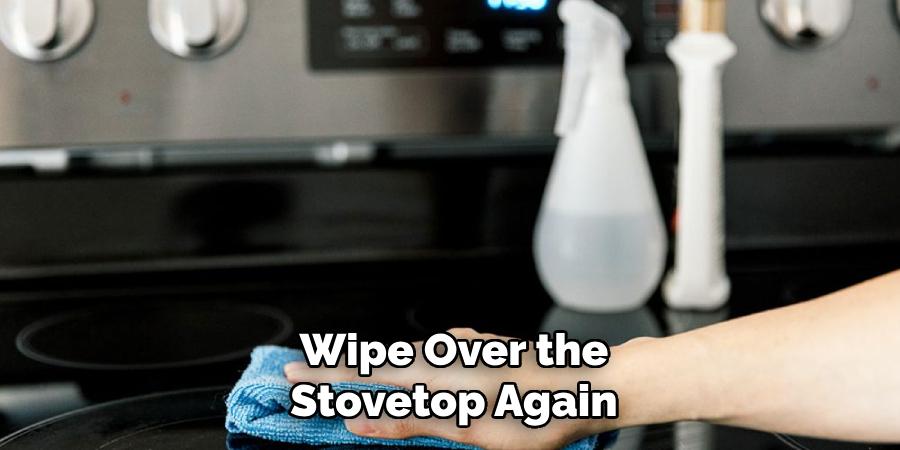
2.Tackling Stubborn Stains
Stubborn stains or burnt-on food residues require a bit more effort. Make a paste by mixing baking soda with a small amount of water until it reaches a spreadable consistency. Baking soda is an ideal choice for tough stains as it acts as a gentle abrasive, providing enough power to lift stains without scratching the surface. Apply this paste directly onto the affected areas and allow it to sit for 15-20 minutes. This soaking period helps to loosen the stain, making it easier to remove.
After letting the paste sit, gently scrub the area using a soft sponge, applying minimal pressure to avoid any potential scratches. Once satisfied, rinse the stovetop with a damp cloth to eliminate any leftover baking soda residue. This method effectively targets even the most persistent stains while preserving the integrity of your stainless steel.
3.Dealing with Grease
When addressing grease spots, white vinegar is an excellent natural cleaner. Its acidity helps break down oily residues without compromising the surface of your stainless steel stovetop. To tackle grease, spritz white vinegar directly onto the greasy areas and let it sit for 5-10 minutes. This dwell time allows the vinegar to penetrate and dissolve the grease.
Following the waiting period, use a clean cloth to wipe away the vinegar and the loosened grease. If any grease remains, repeat this process as necessary. White vinegar’s ability to cut through oils while being non-damaging to stainless steel makes it invaluable for maintaining your stovetop’s cleanliness and shine.
Cleaning Burners and Other Parts
Grates and Burner Covers
Remove the grates and burner covers from the stovetop to effectively clean them. Submerge these parts in a sink or large basin filled with warm, soapy water for about 10-15 minutes. This soaking period helps to soften and loosen any accumulated grease and grime, making them easier to clean. Once the grease has loosened, use a sponge or a soft brush to scrub the surfaces clean, paying special attention to any stubborn, burnt-on spots. Rinse each piece thoroughly with clean water to remove any soap residue, as leftover soap can affect the performance of the burners. Ensure each part is completely dry before reattaching it to the stovetop to prevent any potential rusting.
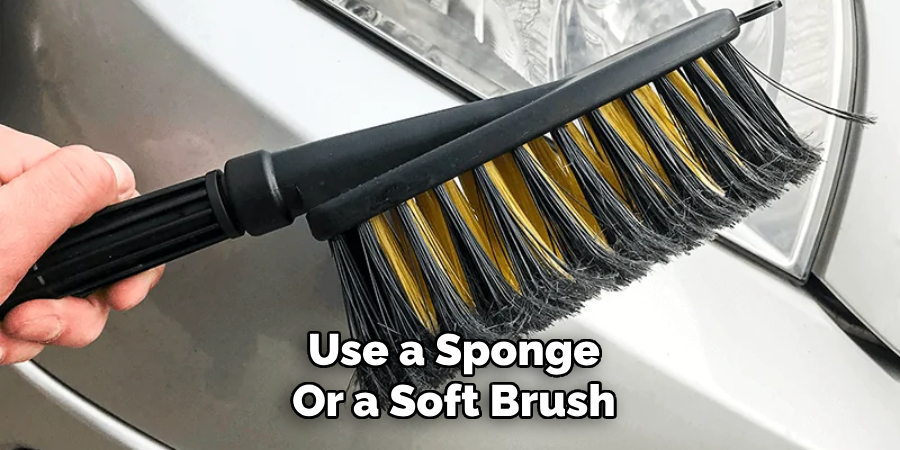
Cleaning Knobs
The knobs on your stovetop can also accumulate dirt and residue over time. Gently pull each knob off to access the surrounding surfaces. Use a cloth soaked in soapy water to wipe the knobs clean, being careful not to allow water to enter the mechanism itself. This precaution is crucial as moisture inside the mechanisms can lead to electrical malfunctions. After cleaning, dry the knobs thoroughly to ensure no residual moisture remains before reattaching them to their respective positions. These steps ensure both the aesthetics and performance of your stovetop are maintained.
Polishing the Stainless Steel Surface
Using Olive Oil or Specialized Stainless Steel Cleaner
After thoroughly cleaning your stovetop, it’s time to restore its gleaming finish by applying a small amount of olive oil or a specialized stainless steel cleaner. Start by taking a fresh microfiber cloth and applying the chosen polish. Use a gentle hand to buff the surface, always moving toward the grain. This method restores the shine and helps minimize the visibility of fingerprints and smudges. Going with the grain is crucial because it prevents streaks and scratches, which can be more noticeable on stainless steel if the polish is not applied correctly.
Avoiding Over-Polishing
While polishing, it is important not to use too much oil or cleaner, as excessive amounts can lead to an oily residue that attracts more dust and fingerprints. To avoid this, only apply a minimal amount of polish to your cloth—often a few drops are sufficient. As you buff, spread the product evenly and continuously check the surface for any streaks or build-up. Use a clean, dry part of the cloth to go over any oily spots if necessary. These tips will help maintain the stainless steel’s aesthetic, keeping it sleek and shiny without leaving unsightly residues.
Preventing Future Messes
Daily Wiping
Make it a habit to wipe down your stainless steel stovetop daily to prevent grease and food buildup. A quick tip: Wipe after each cooking session using a damp microfiber cloth. This simple practice maintains the stovetop’s cleanliness and prevents more significant cleaning tasks in the future.
Using Spill Covers or Drip Pans
Use stove burner covers or drip pans to catch spills and reduce cleaning time. These protective additions can effectively prevent food residue from reaching the stovetop, ensuring that any mess is contained and easily washable. Minimizing contact with the stovetop allows you to extend its longevity and maintain its sleek appearance with minimal effort.
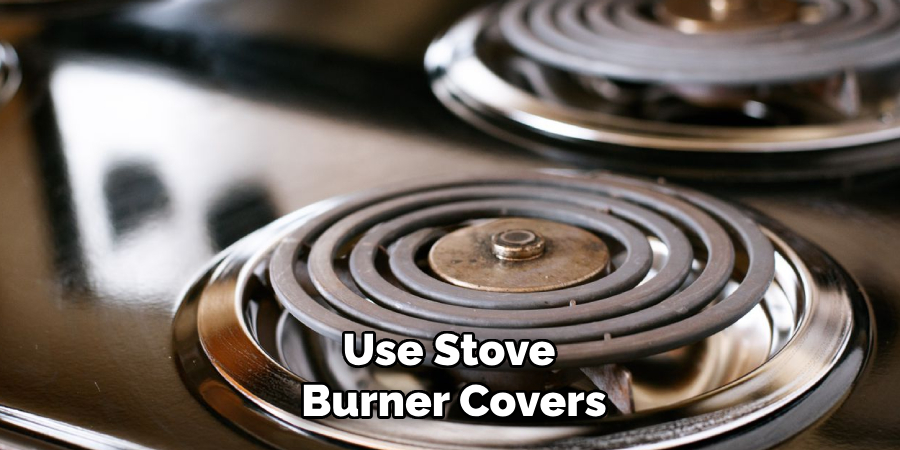
Avoiding Harsh Spills
Clean up spills immediately to avoid burnt-on food and hard-to-remove stains. Quick action ensures that residues don’t have a chance to bake onto the surface, making cleaning far less challenging and preserving the pristine condition of your stainless steel appliances.
Conclusion
Maintaining a clean stainless steel stovetop is essential for both its aesthetic appeal and functional efficiency. Regular cleaning not only enhances the beauty and shine of your stove but also ensures its longevity and proper operation. Adopting quick, daily cleaning habits can prevent the accumulation of grease and food particles, making major cleaning sessions less daunting. For optimal results, it’s crucial to know how to clean stainless steel stovetop surfaces effectively.
The right tools and techniques, such as microfiber cloths, white vinegar, and specialized polishes, can keep your stovetop looking immaculate for years. These methods preserve the stainless steel’s sleek appearance and prevent damage from harsh scrubbing or unsuitable products. By incorporating these simple practices and tips, you can enjoy a spotless and functional kitchen centerpiece every day.
